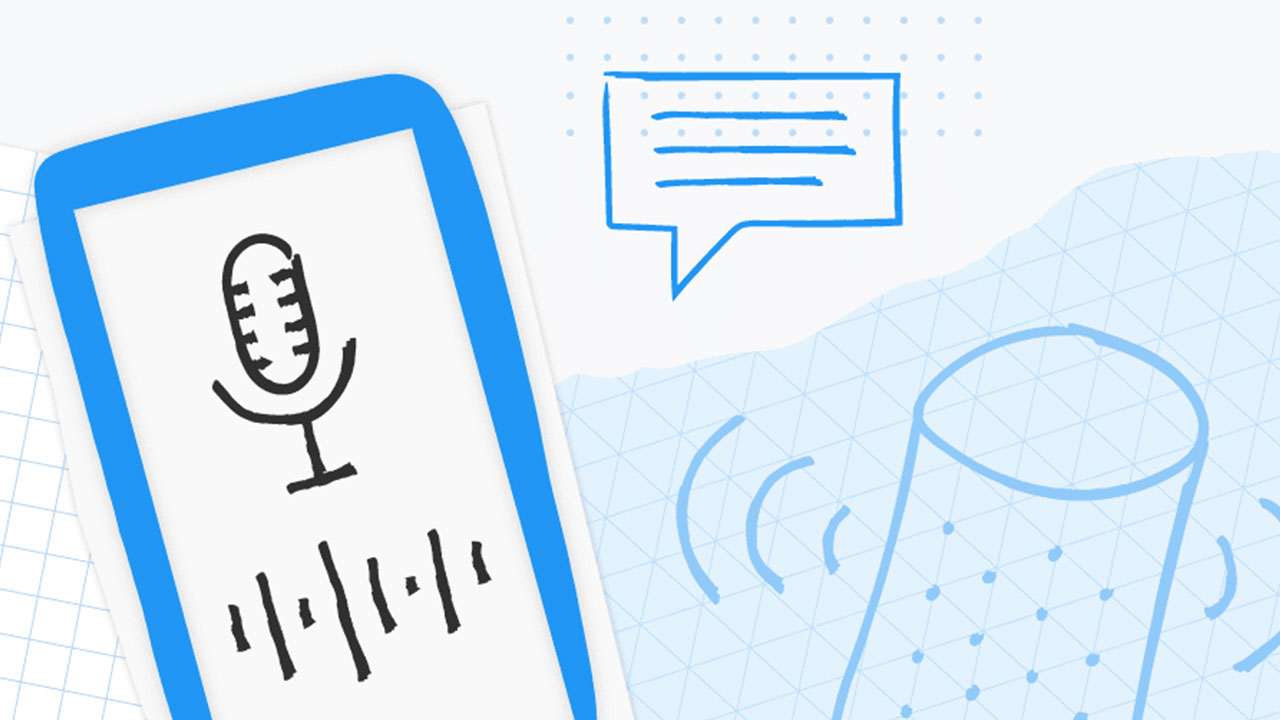When measuring User Engagement for Google Assistant, one way to measure the success of an Action, is by measuring how effective it is at bringing users back.
Here are several features you can use that gives users a path back to your action.
1. Push Notifications
You are most likely familiar with push notifications on your smartphones, which provide app-specific information or notifications.
You can have the same functionality for your action, where users receive push notifications on their smartphone which then routes them back to your action.
This is great for a reminder of a one-off task.
For example, a task management action might want to offer push notifications to give their users a reminder that a task is due in three days.
Or for an action that handles appointments for their business, it would be good to remind users of their upcoming appointments.
2. Daily Updates
For the second feature, let’s say you have daily new information that your user would find helpful and useful.
Instead of using one off push notifications, you could offer them daily updates.
Daily updates are push notifications that happened every day at a time that the user chooses.
For example, let’s say you have a made-up gym named Jessica’s Gym, where the action provides information about the gym, including a list of classes that rotate each day.
The action offers users the option to receive daily updates at the time of their choosing.
Let’s say, for example, the user chooses 2:00 PM.
So, every day at 2:00 PM, the user will receive a push notification with information about the gym’s classes available for that day.
3. Routine Suggestions
In addition to notifications, you can re-engage users through routines.
Routines are part of the Google Assistant ecosystem, where users can say a phrase and several actions are executed.
For example, a user could say, hey, Google, good morning, and Google Assistant will perform several actions that the user has requested like the news, weather, and music.
You could use routine suggestions to prompt the user to add the action to their routine.
For example, if you have a dad joke action, you can offer your user a routine suggestion.
The user selects to add your action to a particular routine, let’s say the I’m home routine.
So, when a user says, hey, Google, I’m home, all the actions that routine get activated including the dad joke action.
4. Action Links
Finally, when you want to leverage your own channels to drive users directly to your action, you have action links.
Action links are URLs that activate your action.
When a user selects the link, it will open the Google Assistant on their device and send them directly to your action.
You can add action links to your website, app, and on social media to promote your action.
You can generate different links for different parts of your action, and you can also include parameters.
This allows you to build contextual marketing moments.
That way your action picks up right where you meant it to.
For example, for our made-up Jessica’s Gym, it could generate an action link that directs users to their generic welcome.
They can share that link broadly and let users know that their action exists.
Now, let’s say the gym added to their action where users can pay for their membership and the gym wants to promote it.
They can create another action link for that portion of the conversation.
If the promotion includes a discount percentage, they can also include it in the action link as a parameter.
Depending on your action, you might want to use one or several of these features to re-engage your users.
Adding Features To A Project
To add the first three features to your project, you need to add these as options in your conversation, and Google Assistant will prompt the user for you.
For action links, simply toggle a button, and Google Assistant will manage the rest.
Watch the full video on measuring User Engagement for Google Assistant with Jessica Dene Earley-Cha from Google Developers below:
Check out the Google Assistant User Engagement Actions on Google documentation for more requirements and details.

